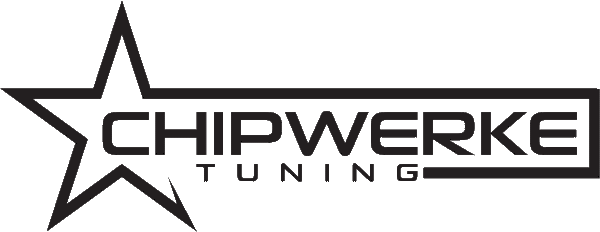What is Chip Tuning?
Originating in the 1980s and 1990s, chip tuning refers to changing or modifying a memory chip in a vehicle’s electronic control unit (ECU) to achieve more performance, whether it’s for more power, cleaner emissions, or better fuel economy.
Vehicle manufacturers generally use a conservative map to allow for engine variations, people who don’t take their vehicles to get services as often as they should, and poor quality fuels (91 octanes vs 93 octanes).
As technology advanced, so did the electronics that go into cars. The ECU in a modern automobile makes it possible to control many aspects of the engine’s operation, such as a spark, timing, and fuel trims. The ECU may also control electronic throttle control (drive-by-wire), boost control (in turbocharged engines), anti-lock braking, and speed governors.
Cars with turbochargers can have the boost level raised. These applications usually have the most effect if the vehicle is fitted with a low-pressure turbo (stock turbos usually are) which leaves the most room for improvement.
Another reason to change the electronic control unit map is if there are engine, intake, or exhaust modifications to the car. These “bolt-on” modifications alter the way that the engine flows, often causing the air-to-fuel ratio to change. Without re-mapping the fuel tables, some of the performance gains from the modifications may not be realized.
The most common way to modify the on-board chip is by adding an external device, such as Chipwerke. The abilities of the external devices generally reflect on-board chip modifications, with the advantage that they can be easily removed to restore the vehicle to standard and maintain your warranty.
